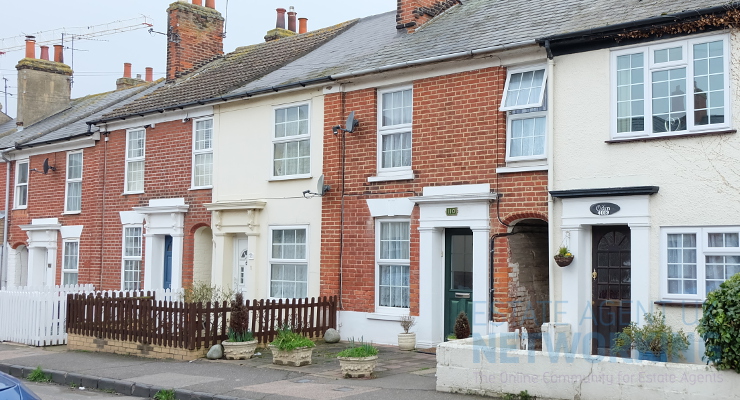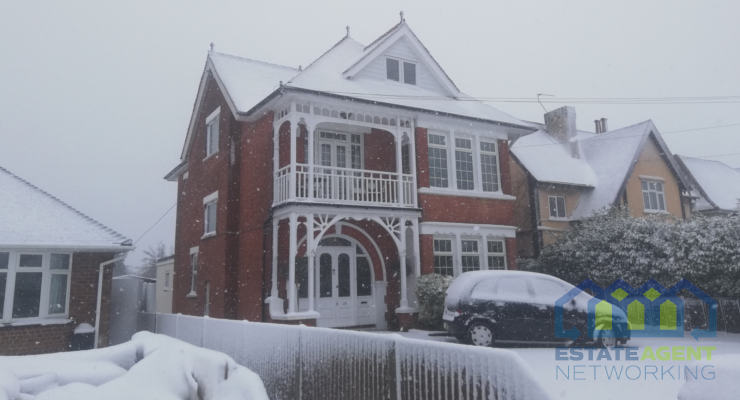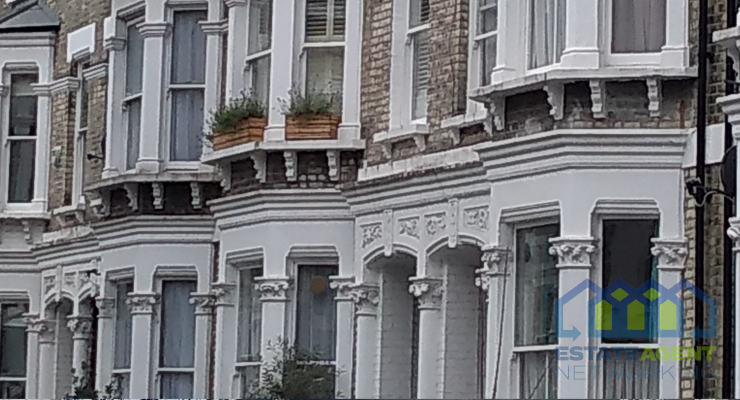Surge in first-time buyers’ preference for cheaper homes subsides as market adjusts to April’s stamp duty changes
- Proportion of first-time buyers purchasing properties under £300k decreased to 64.3 per cent in September, following a peak of 72.0 per cent in May after changes to stamp duty thresholds
- Detached and semi-detached homes now make up nearly two-thirds of non-first-time buyer purchases, as ‘second-steppers’ look for long-term security
- Spending on mortgage and rental payments rose by 7.3 per cent year-on-year in September, the highest increase since February
- Ahead of the Autumn Budget, just 4 per cent of homeowners say they are trying to push through a property sale in case of changes to tax policy
- Barclays Property Insights analyses proprietary mortgage data alongside consumer research to uncover the key trends shaping the UK housing market
Barclays’ latest mortgage data reveals that the proportion of first-time buyers choosing properties priced under £300,000, surged after April due to Stamp Duty changes, but has since returned to more typical levels, suggesting that buyers have adjusted to the new rules. Meanwhile, homeowners moving up the ladder, so-called ‘second-steppers’, are prioritising long-term security, but many face tough competition as they search for their next home.
The adjustment to stamp duty bands in April 2025 triggered a rush among buyers eager to complete their purchase before the new rules took effect. For first-time buyers, the exemption threshold dropped from £425,000 to £300,000, prompting a shift in demand for homes under £300,000.
Barclays’ mortgage data reveals that 64.3 per cent of first-time buyer completions in September were for properties valued under £300,000. This comes after a jump from 60.6 per cent in April to 72.0 per cent in May, as buyers reduced their budgets to compensate for the increase in tax incurred. Over the following months, this proportion gradually settled, suggesting that the market has adapted to the updated tax thresholds.
Similarly, across all buyers, the composition of property choices shifted in the immediate aftermath on the tax changes. The share of completions for homes priced between £300,000 and £500,000 dipped from 33.1 per cent to 29.2 cent between April and May 2025, but has since recovered to 33.6 per cent in September.
As buyers have become accustomed to the changes, perceptions of stamp duty as a barrier to homeownership have improved. Only 8 per cent of prospective first-time buyers now cite it as a major barrier, down from 11 per cent in April, as the tax is less of a focus for them compared to other groups. Meanwhile, ahead of speculated reforms in the Autumn Budget, homeowners are waiting before changing their plans, as just 4 per cent say they are trying to push through a sale in case of tax changes.
Positive renter outlook despite rising costs
Spending on mortgage and rental payments rose by 7.3 per cent year-on-year in September, the largest increase since February. Amid the Bank of England base rate being held at 4 per cent in September, and rising costs, confidence in the housing market has also decreased slightly from 29 per cent to 27 per cent month-on-month.
Encouragingly however, 27 per cent of renters now believe homeownership is achievable within the next five years, up from 22 per cent in August, and 30 per cent think it is within reach in their lifetime. The perceived biggest barrier to homeownership has also shifted, with the cost of deposit now the top concern (41 per cent), overtaking property prices (39 per cent). To meet this challenge, the number of renters actively saving for a deposit to buy a home has increased by six percentage points month-on-month to 30 per cent.
Despite new measures introduced by regulators in July to make mortgages more accessible and affordable, the ability to obtain a mortgage on their current income is the third-highest listed barrier to homeownership. However, this is significantly less concerning, with just 19 per cent of renters highlighting this issue.
Second-steppers invest in space
Homeowners who have moved on from their first home report that they lived in their first property for 6.8 years on average. For their second purchase, one in five ‘second-steppers’ (19 per cent) said that they prioritised a ‘forever home’ to live in longer-term. Barclays’ mortgage data shows that detached and semi-detached houses are increasing in popularity amongst non-first-time buyers, making up a combined 66.1 per cent of purchases in September, up from 63.4 per cent in September 2024.
Buyers looking for their next home seek out more space, with 35 per cent looking for gardens, 31 per cent wanting a parking space or driveway, and 21 per cent opting for flexibility for changes in family circumstances. Investment is also front of mind, as a fifth (21 per cent) said that they were hoping for a property that would better retain or increase in value in their next home.
Thinking about buying and selling property, a third of homeowners (33 per cent) think that the UK is in a ‘buyers’ market’. However, in finding the right property, many homeowners struggle with the competitive process. Four in 10 homeowners (42 per cent) say bidding wars make it harder to secure a home, whilst three-quarters (74 per cent) report chains as being a major cause of stress. Meanwhile half (49 per cent) agree that cash buyers have an unfair advantage in the market, as they do not have to wait for mortgage approvals and so can complete the sale at a faster rate.
Jatin Patel, Head of Mortgages, Savings and Insurance at Barclays, said: “Our latest data shows that policy shifts like stamp duty adjustments can create short-term volatility, but buyers adapt to market circumstances. As the Autumn Budget approaches, keeping a long-term view is key, considering the broader outlook for the housing market instead of responding only to the immediate aftermath of any policy changes.
“Though it’s encouraging that renters feel more positive about their homeownership prospects, costs continue to increase, and ‘second-steppers’ report feeling pressure on both sides of buying and selling. It’s a reminder that there is more work to be done to smooth out the process and increase awareness of available support, if we are to create a more dynamic housing market for everyone.”
Julien Lafargue, Chief Market Strategist at Barclays, said: “Despite the current uncertainty both domestically and globally, the UK real estate market – just like the broader UK economy – remains resilient. However, recent indicators point to a loss of momentum, with signs of a softening labour market and stagnant economic activity during the third quarter.
“Crucially, these developments may prompt the Bank of England to consider lowering interest rates sooner than markets currently anticipate. A more accommodative monetary stance could provide timely support to the housing sector, particularly as greater policy clarity is expected following the release of the Autumn Budget.”









